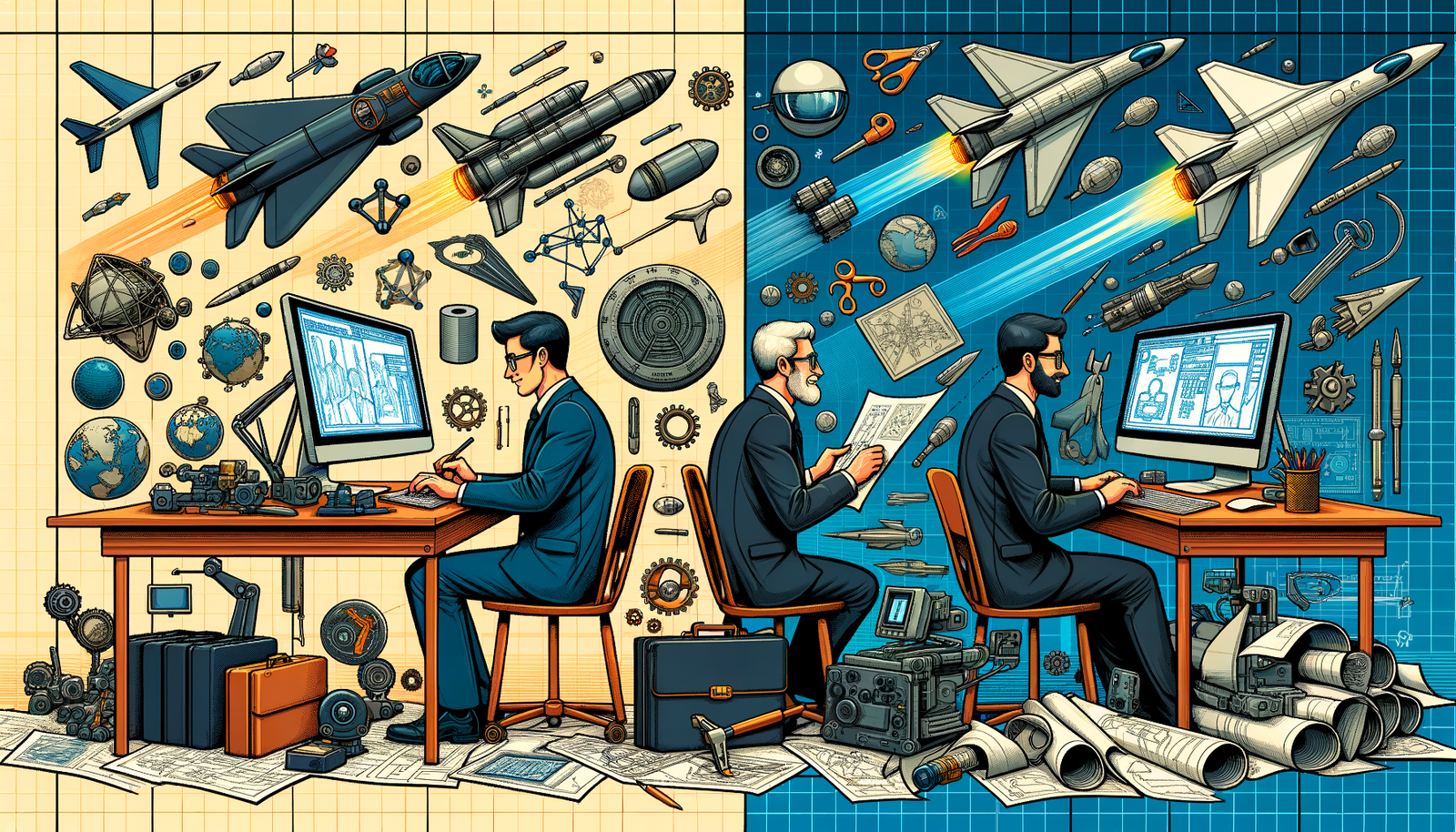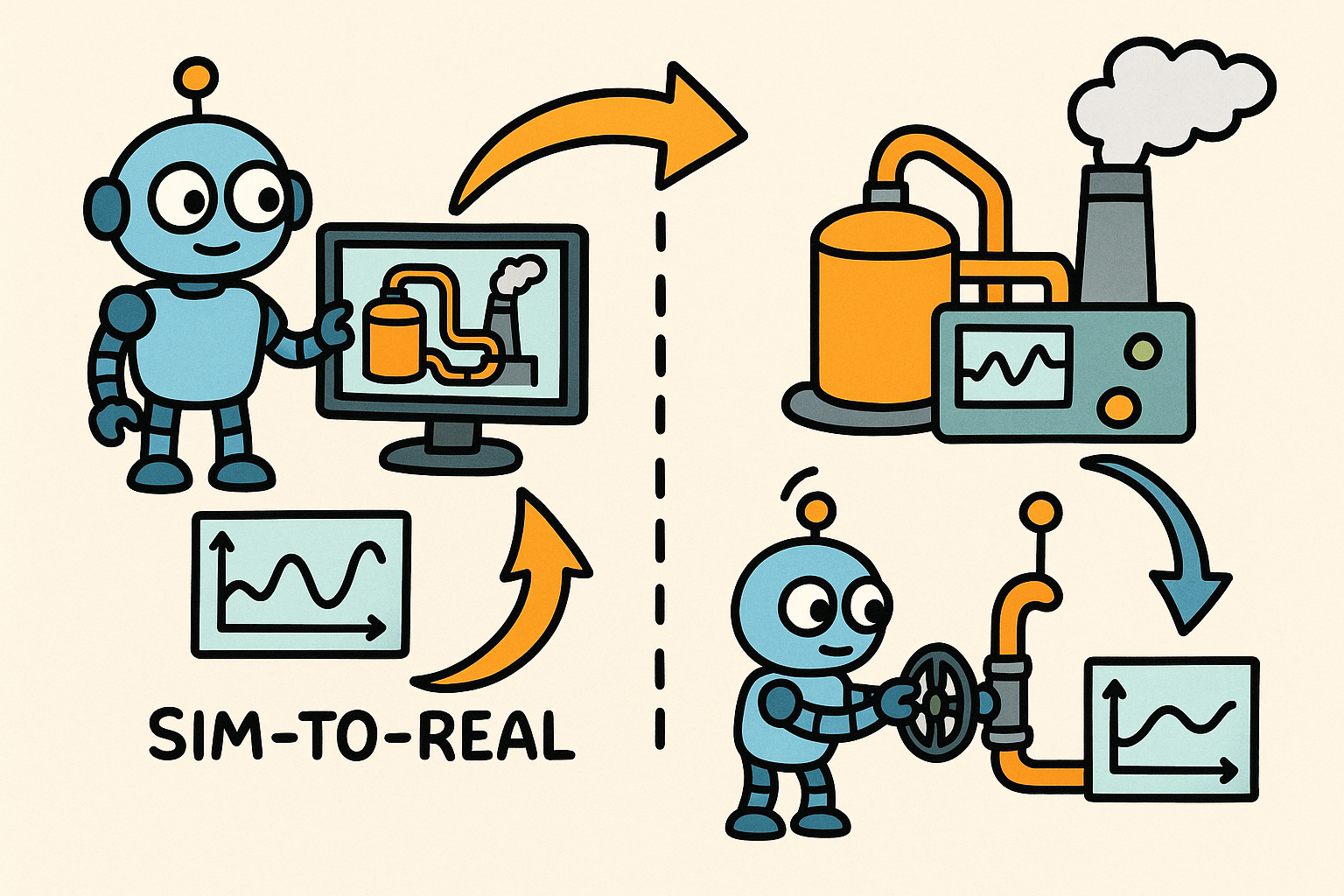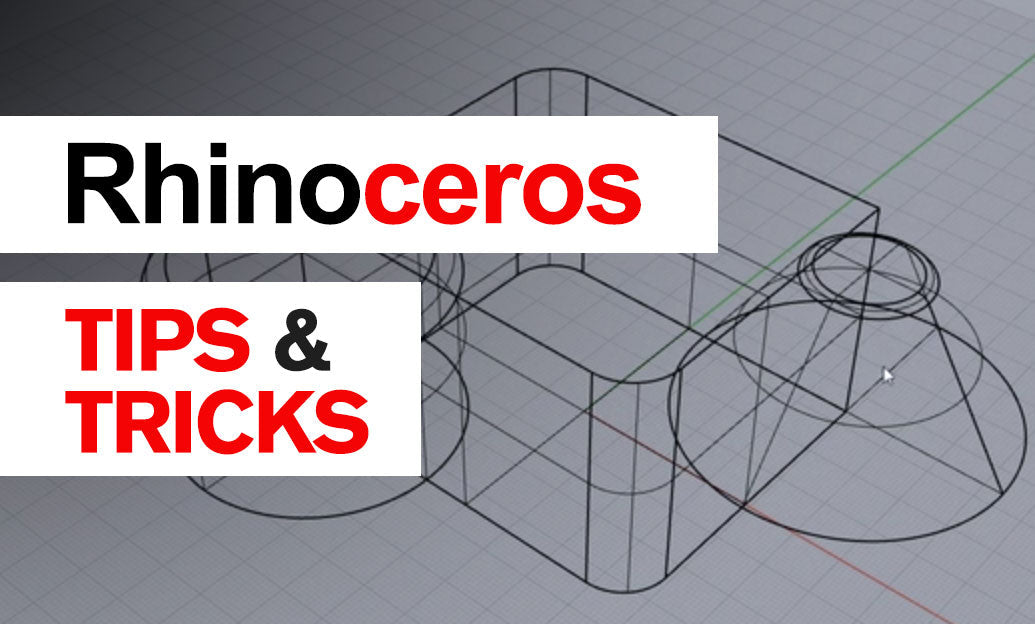Your Cart is Empty
Customer Testimonials
-
"Great customer service. The folks at Novedge were super helpful in navigating a somewhat complicated order including software upgrades and serial numbers in various stages of inactivity. They were friendly and helpful throughout the process.."
Ruben Ruckmark
"Quick & very helpful. We have been using Novedge for years and are very happy with their quick service when we need to make a purchase and excellent support resolving any issues."
Will Woodson
"Scott is the best. He reminds me about subscriptions dates, guides me in the correct direction for updates. He always responds promptly to me. He is literally the reason I continue to work with Novedge and will do so in the future."
Edward Mchugh
"Calvin Lok is “the man”. After my purchase of Sketchup 2021, he called me and provided step-by-step instructions to ease me through difficulties I was having with the setup of my new software."
Mike Borzage
Design Software History: Revolutionizing Aerospace Engineering: The Evolution of CAD Technology
July 11, 2024 3 min read


Computer-Aided Design (CAD) has revolutionized the engineering and design landscape, particularly within the aerospace industry. CAD technology has evolved significantly over the decades, becoming an indispensable tool for engineers and designers. Its ability to enhance precision, efficiency, and innovation has made it a cornerstone of modern engineering practices.
The aerospace industry, with its stringent demands for precision, safety, and innovative design, has been at the forefront of adopting and advancing CAD technologies. The need for highly accurate and reliable designs in this sector has pushed the development of sophisticated CAD tools that can meet the exacting standards required for aerospace projects.
Early Adoption and Pioneering Efforts in Aerospace CAD
One of the earliest and most significant milestones in the history of CAD was the development of Sketchpad by Ivan Sutherland in 1963. Often referred to as the precursor to modern CAD software, Sketchpad introduced the concept of graphical user interfaces and interactive computer graphics, which laid the foundation for future CAD systems. Its ability to manipulate geometric shapes and create complex drawings on a computer screen was groundbreaking and influenced the development of subsequent CAD tools used in aerospace and other industries.
In the early days of CAD in aerospace, companies began exploring the potential benefits of using computer technology for design purposes. Early applications of CAD in the aerospace sector faced numerous challenges, including limited computational power and the high cost of computer systems. Nevertheless, the initial benefits realized, such as improved accuracy and the ability to easily modify designs, were significant enough to encourage further development and adoption of CAD technology in the industry.
The Role of Key CAD Software in Aerospace Engineering
One of the most influential CAD software in the aerospace industry is CATIA, developed by Dassault Systèmes. CATIA has played a pivotal role in transforming aerospace design, particularly with its application in the development of the Boeing 777. The software's advanced capabilities in handling complex geometries, performing detailed simulations, and facilitating collaborative design processes have made it a dominant tool in the industry.
In addition to CATIA, other CAD software such as Siemens NX and PTC Creo have also made significant contributions to aerospace engineering. These tools have brought their unique strengths and capabilities to the industry, supporting various milestones and enabling innovative design solutions. Siemens NX, for example, is known for its comprehensive suite of design, simulation, and manufacturing solutions, while PTC Creo offers robust parametric and direct modeling capabilities.
Technological Advancements and Future Directions
The integration of CAD with simulation and analysis tools, such as Computational Fluid Dynamics (CFD) and Finite Element Analysis (FEA), has become increasingly important in aerospace engineering. These integrated workflows allow engineers to perform detailed analyses and optimizations directly within the CAD environment, enhancing the accuracy and efficiency of the design process. Examples of such integrated workflows can be seen in various aerospace projects where CAD models are used to simulate aerodynamic performance or structural integrity.
Emerging technologies such as artificial intelligence (AI), machine learning, and generative design are poised to further transform the aerospace CAD landscape. These technologies have the potential to automate complex design tasks, optimize performance, and enable the creation of innovative solutions that were previously unattainable. Additionally, the advent of virtual and augmented reality (VR/AR) is expected to have a significant impact on design processes, allowing engineers to visualize and interact with their designs in entirely new ways.
Looking to the future, the evolution of CAD in aerospace is expected to continue at a rapid pace. As technology advances, the industry will likely see the development of even more sophisticated and integrated CAD tools that will further enhance the design and engineering processes. The ongoing trend towards digital transformation and the adoption of new technologies will drive innovation and shape the future of aerospace design.
Also in Design News

Design Software History: Visualizing Engineering Intent: Feature Histories, Constraints, and Semantic PMI in CAD
December 29, 2025 16 min read
Read More
Sim-to-Real Transfer for Closed-Loop Process Calibration and Control
December 29, 2025 12 min read
Read MoreSubscribe
Sign up to get the latest on sales, new releases and more …



